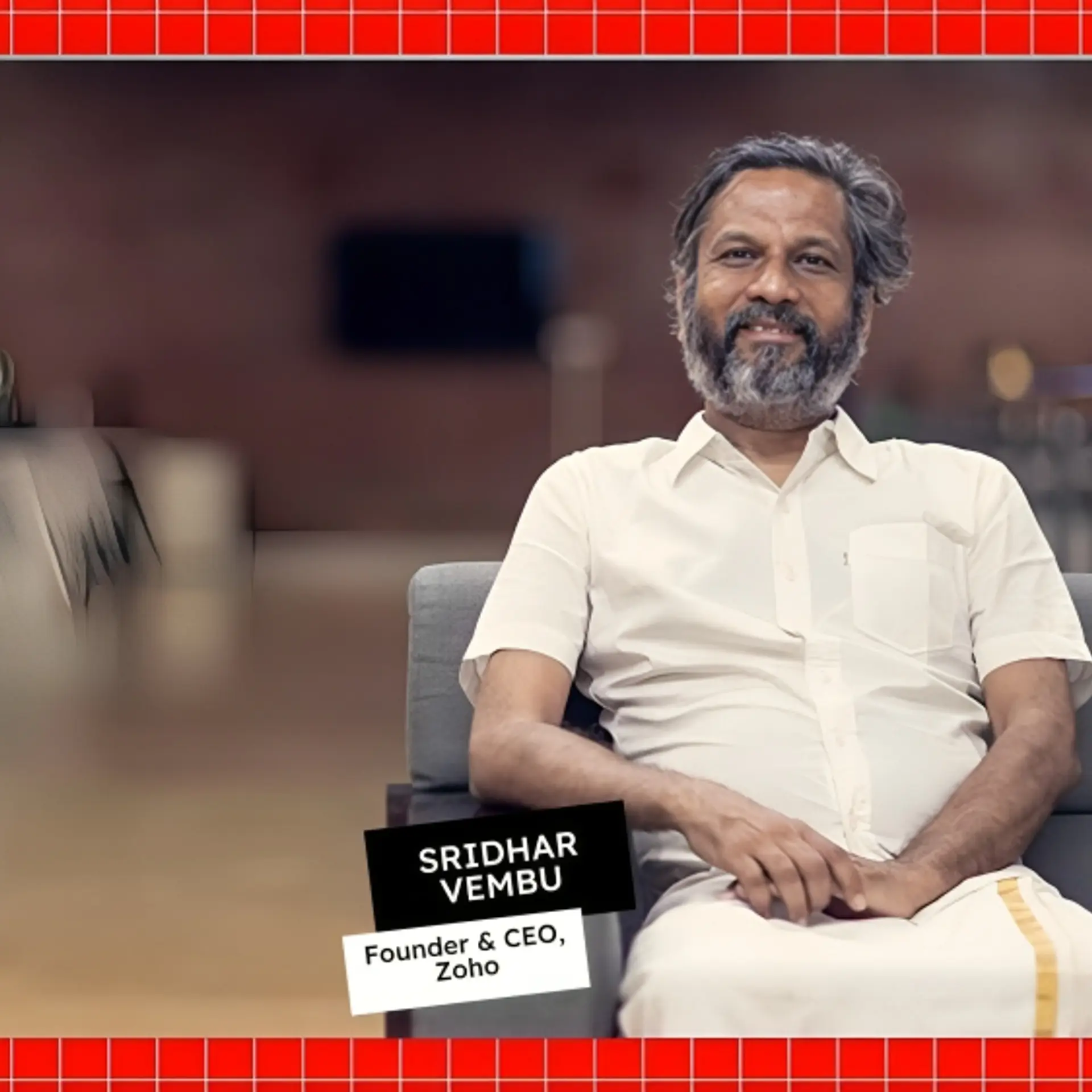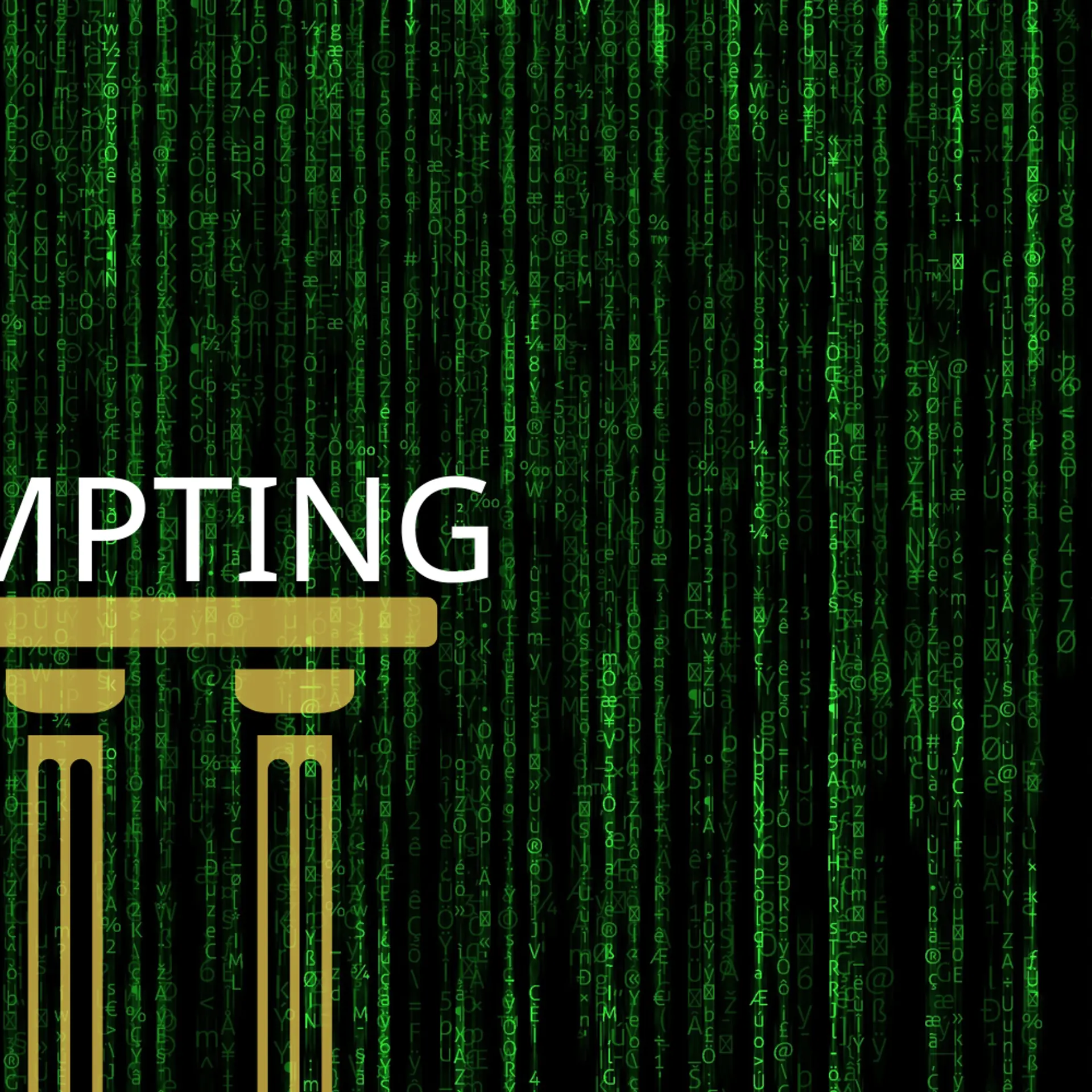Consumer behaviour decoded: why showing an excess of options is bad
Getting more and more choices to choose from for a product/service feels very empowering, doesn't it? It feels liberating to have the freedom to pick what's best for you. The reality is not as rosy as it seems. The more options you have, the harder is the decision and tougher is the leap to make it final. Consumers are overloaded with information and led down unnecessarily confusing purchase paths.

More is less
Consumers today lead fast-paced and extremely hectic lives. There are too many decisions to be taken and too many aspects to be considered in each case. To put this into perspective, many studies report that the average number of conscious decisions made by an adult every day is more than 35,000. Renowned psychologist, Herbert A. Simon notes that many consumers tend to be perfectionists and need to be assured that every purchase or decision made by them is the best. This creates a psychologically daunting task, which can become even more daunting as the number of options increases. Frustration is a common repercussion of the challenging task of decision-making, rightly known as 'decision fatigue'.
The paradox of choice
The perception of what good technology should do for customers is changing rapidly. There was a time when choices available to people for any product or services were limited. The number was much smaller when one considered the online availability of the same. In such a scenario, providing information – extensive information – was a sign of technological superiority. The more, the better. The thirst for knowledge and having this knowledge at one's disposal with the click of a button is what made a lot of brands click (think Wikipedia!). Even today, any arena that is a fledgling to automation and Internet presence requires an inflow of data. However, as industries and their component companies grow, it becomes extremely important to consider the aspect of decision fatigue. You cannot expect people to skim through thousands of available choices to pick the one most suitable for them. It is not just time-consuming; it is sheer manual labour.
Keep it simple
We, as consumers, deserve better from technology. It is my responsibility as an entrepreneur to filter the exhaustive list of choices, apply intelligence to it and present an assortment that I feel is most relevant to my customers’ needs. And this is not just about growing technologically. This has a close connection to acquisition and retention of customers. For example, a study in the Journal of Personality and Social Psychology reports that shoppers were 10 times more likely to buy if they were given six options, rather than twenty-four flavours of jam. Furthermore, many researchers have found that offering too much choices to people can actually cause them to take lesser risks in choosing an option; they end up picking something randomly, or based on a less relevant factor to simplify the decision.
In short, the flowchart is something like this:
- Too many choices mean verifying and comparing the listed options, essentially losing time.
- Time delays allow doubts to crop up in customers' minds on whether they really need the product and if the choice can be postponed to a later time.
- Postponement also increases the probability that the customer may go to a competitor to fulfil the need as we have failed to complete.
In a nutshell
Eliminating excessive consumer choices can greatly reduce anxiety for shoppers. We have too many choices, too many decisions, and too little time to do it all. Shopping is supposed to be a fun and effortless experience, but it ends up becoming gruelling for the customer. The lesson for new-age entrepreneurs: excess of options is not the way to give a great user-experience to your consumers. It's about using technology to make things simple, personalised and convenient for the people.
(Disclaimer: The views and opinions expressed in this article are those of the author and do not necessarily reflect the views of YourStory.)







